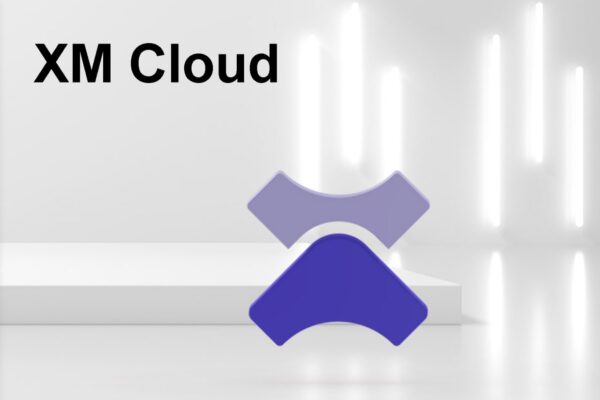Introduction
Sitecore XM Cloud is a powerful platform for managing and deploying Sitecore instances. In this blog post, we will explore various a few tips for accessing XM Cloud, including user permissions, project and environment management, as well as different types of client credentials. Understanding these concepts will empower you to effectively leverage the capabilities of Sitecore XM Cloud and streamline your development and deployment processes.
-
Accessing XM Cloud:
Sitecore XM Cloud can be accessed through an organization within the Sitecore Cloud Portal. To obtain access to the organization, an administrator needs to send an invitation and configure the permissions for each app. In XM Cloud, each environment is treated as a separate app, allowing for customized permission settings. Presently, there are three access levels available: User, Admin, and No Access.
-
Sitecore User Creation and Permission Mapping:
When a user initially accesses an XM Cloud Sitecore instance, their Sitecore user account is dynamically created, and the user role is inherited from the role assigned in the Sitecore Cloud Portal. In the Cloud Portal, the available roles are limited to User and Admin. If you wish to add users to custom roles, you will need to do so manually through the Sitecore user manager after their initial login.
-
Environments vs. Projects:
In Sitecore XM Cloud, a project serves as a logical grouping of XM Cloud environments, providing a way to organize and manage related environments. A project can consist of multiple environments, such as development, testing, and production environments. You have the flexibility to create a project using various methods like the Deploy app, CLI, or REST APIs. When creating a project through the Deploy app, an environment is automatically generated. You can choose whether it will be a production environment, which receives prioritized support compared to non-production environments. The number of projects you can create depends on your subscription.
On the other hand, an environment within Sitecore XM Cloud represents a self-contained entity that encompasses specific configurations, code, and implementations. Each environment includes essential components such as a content management (CM) instance, an Experience Edge tenant, databases, indexes, automation clients, environment variables, and rendering hosts. Additionally, an app tenant is established to connect the CM instance with functionalities like Pages and Components.
Environments in XM Cloud are designed to be isolated and distinct from one another. This isolation enables you to have unique customizations, deployments, and configurations tailored to the specific needs of each environment. Whether it’s implementing specific customizations or deploying different configurations, the separation between environments allows for flexibility and scalability in managing your Sitecore instances. -
Clients Credentials:
There are three types of client credentials that can be generated: organization, environment (automation), and environment (Edge). The organization client is the exclusive credential that grants access to the XM Cloud Deploy API, allowing management of projects, environments, and deployments through platforms like Azure DevOps. Additionally, it provides access to the CM instance APIs for all environments within the organization. The environment (automation) client is designed for accessing the CM instance APIs of a particular environment, while the environment (Edge) client is intended for accessing the Experience Edge APIs of a specific environment.
Conclusion
Accessing and managing Sitecore XM Cloud involves navigating through different layers of permissions, user roles, projects, and environments. By carefully configuring user permissions and leveraging the flexibility of projects and environments, you can ensure efficient collaboration and customization within your organization. Furthermore, understanding the types of client credentials available allows for seamless integration with external platforms and APIs. With these insights, you can confidently harness the power of Sitecore XM Cloud to build, deploy, and manage exceptional digital experiences.

